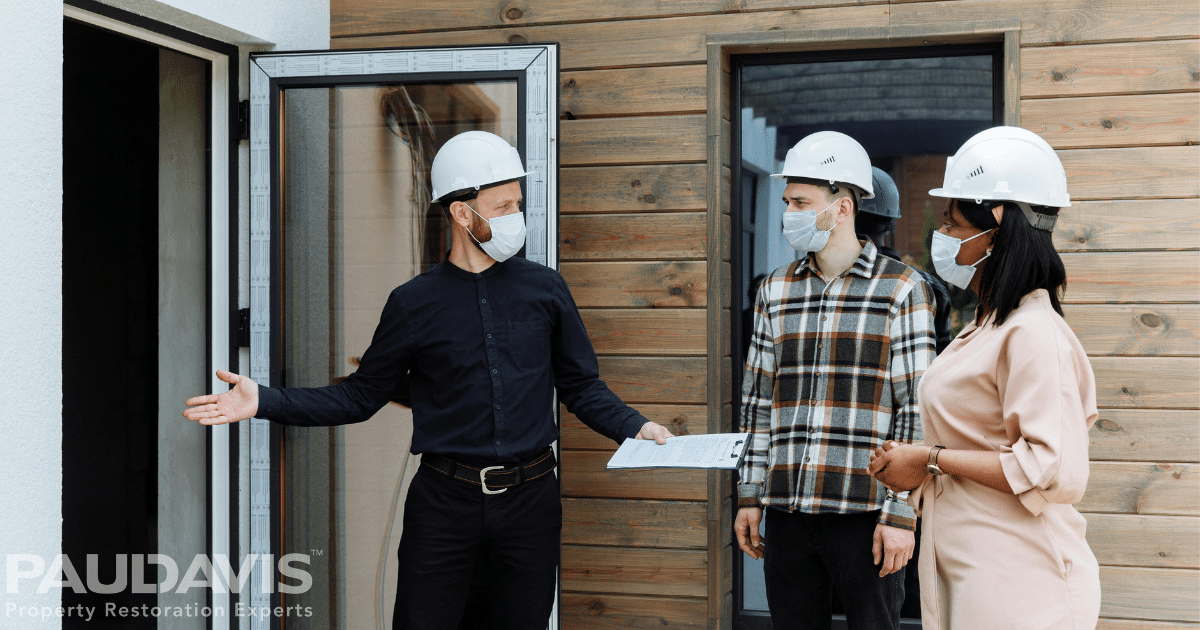
Asbestos, a naturally occurring mineral that was light and fluffy, was alluring because it was so effortlessly multitalented. It resisted heat, electricity and corrosion. It transported easily, didn’t cost very much and was abundant. But its convenience masked a dark side: devastating human health hazards that became apparent only after we poured it into thousands of consumer products.
These products include building materials still found in many older structures. “If your home or building was constructed more than 40 years ago, you likely have asbestos in ceiling tiles, piping insulation, floor tiles, cement floors, roofing shingles, even drywall and siding,” says Peter Heary, Paul Davis GTA in Ontario, Canada. “The good news is that asbestos may be ok if it won’t be disturbed. But if you are renovating, experience a fire, have flooding or other damage, you’ll need expert assistance to assess the area and make it safe again.”
Asbestos that is liberated from building materials quickly becomes airborne. Floating particles lodge deep in human lungs where they can’t be coughed or breathed out, creating serious health risks. Many people have heard of mesothelioma: a type of lung cancer specifically caused by asbestos. Those escaping malignancies still may struggle with asbestosis – a progressive, incurable lung disease – for the rest of their lives.
For all these reasons, asbestos removal is never a DIY project. Heary, who advises that Paul Davis offers asbestos-related mitigation services across North America, listed the steps to take if you have asbestos concerns:
- Secure a certified contractor trained specifically in asbestos treatment. Reputable contractors will inspect the premises carefully, test materials, provide written cost estimates and will not rush customer decisions.
- Verify the contractor is licensed, insured and certified by applicable governmental authorities and permitting organizations at the federal, state and local levels.
- Review the contractor’s project plans. Are you comfortable with the procedures? Are safe and legal disposal locations specified? Do you need to relocate while work takes place?
- Sometimes containment – locking asbestos permanently into place – is safer than removal. If this is recommended, do you feel comfortable leaving the material in your structure? Will this affect resale value or real estate transfers? Will your municipality approve containment instead of removal?
“Only professionals can safely work with asbestos-containing materials,” Heary concludes, adding that the fibers are unimaginably tiny: 18,000 times thinner than a human hair. “It takes training and exacting standard operating procedures to complete the work. Do you have a structure that’s more than 40 years old and you have an asbestos concern or problem? We’re here to advise and help.” Call Paul Davis at 1-800-661-5975. The Difference MakersTM











